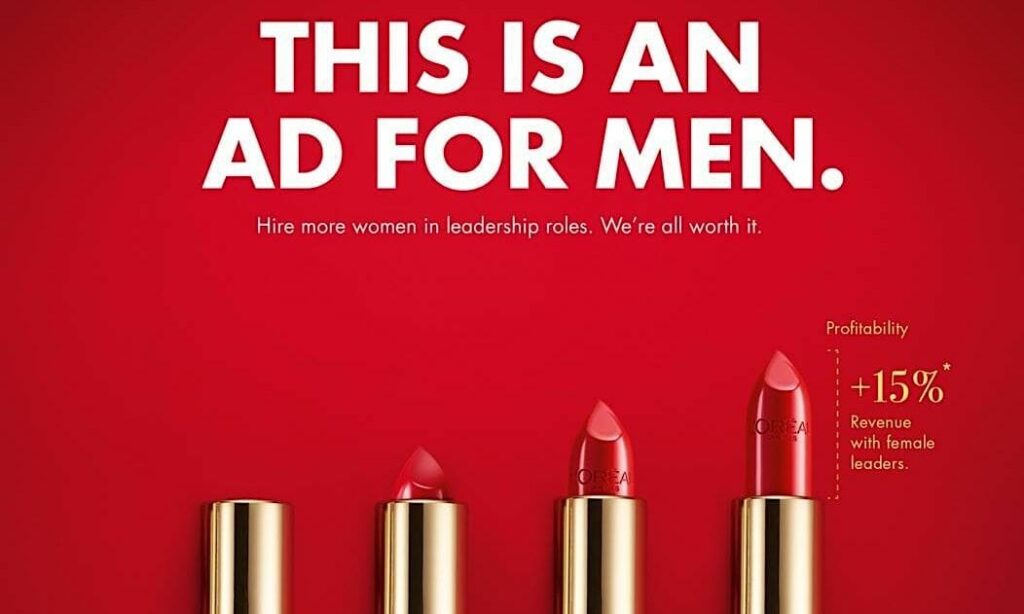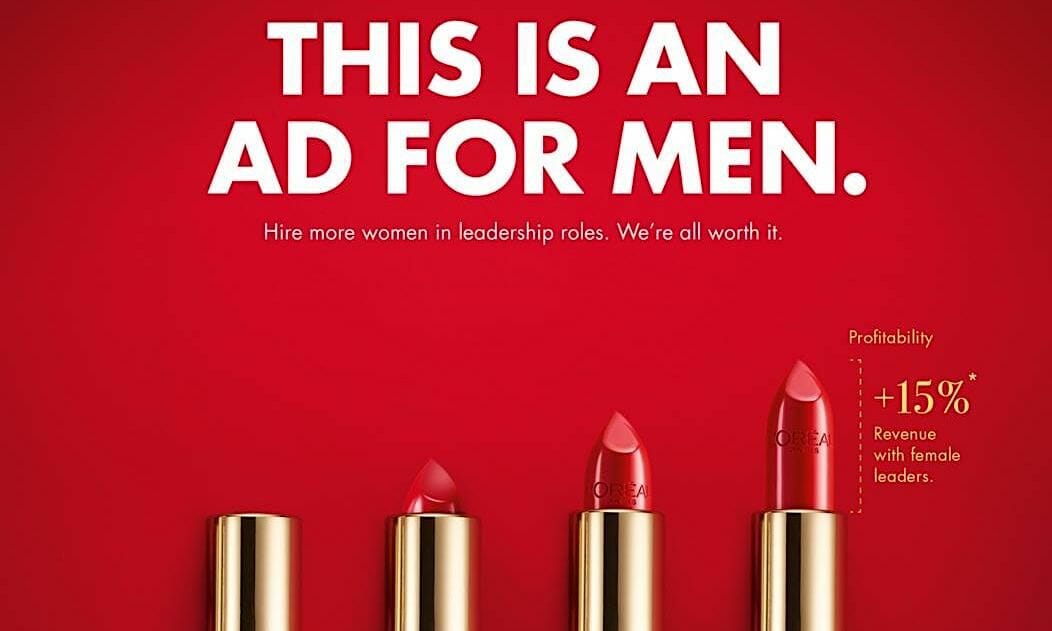
Decoding Genius: The Most Successful Advertising Campaigns of All Time
Advertising. It’s the engine that drives consumerism, the art of persuasion, and a multi-billion dollar industry. But amidst the noise and clutter, some campaigns rise above the rest, etching themselves into the cultural zeitgeist and delivering exceptional results. These aren’t just ads; they’re cultural touchstones, masterclasses in marketing, and testaments to the power of a well-crafted message. This article delves into the most successful advertising campaigns ever conceived, analyzing their strategies, impact, and enduring legacy.
The Hallmarks of a Successful Campaign
Before diving into specifics, let’s define what makes an advertising campaign truly successful. It’s not simply about catchy slogans or memorable jingles. Several key factors contribute:
- Clear and Compelling Message: A successful campaign articulates a clear value proposition, resonating with the target audience’s needs and desires.
- Strong Brand Identity: The campaign reinforces the brand’s values, personality, and unique selling proposition.
- Effective Media Strategy: The message reaches the right audience through the most appropriate channels.
- Measurable Results: The campaign generates tangible outcomes, such as increased sales, brand awareness, or market share.
- Cultural Impact: The campaign transcends mere advertising, becoming a part of the cultural conversation.
Iconic Campaigns That Rewrote the Rules
Volkswagen: Think Small
In the 1960s, advertising was dominated by flashy, oversized American cars. Volkswagen, with its small, economical Beetle, dared to be different. The “Think Small” campaign, created by Doyle Dane Bernbach (DDB), was a revolutionary exercise in honesty and self-deprecation. Instead of trying to compete with the giants, it embraced the Beetle’s perceived weaknesses as strengths. The minimalist black-and-white ads, featuring witty copy and a simple illustration of the car, challenged conventional advertising wisdom and resonated with a generation seeking authenticity. [See also: Advertising Agency Case Studies]
The campaign’s success lay in its counter-intuitive approach. It acknowledged the Beetle’s small size and unconventional design, but presented these features as advantages – fuel efficiency, affordability, and practicality. “Think Small” not only sold cars but also transformed the perception of foreign cars in the American market. It’s undoubtedly one of the most successful advertising campaigns in history.
Nike: Just Do It
Simple. Empowering. Universal. “Just Do It” is more than just a slogan; it’s a mantra that has inspired millions to push their limits and achieve their goals. Launched in 1988, the campaign, created by Wieden+Kennedy, featured a diverse range of athletes, from elite professionals to everyday joggers. The ads celebrated the spirit of athleticism and encouraged viewers to overcome their obstacles and pursue their passions. The beauty of “Just Do It” lies in its simplicity and adaptability. It transcends age, gender, and athletic ability, resonating with anyone who has ever strived for something better. The most successful advertising campaigns often tap into universal human emotions, and Nike nailed it.
The campaign’s success is attributed to its focus on emotion and inspiration rather than technical specifications. It wasn’t about the shoes; it was about the feeling of accomplishment. “Just Do It” transformed Nike from a running shoe company into a lifestyle brand, synonymous with athleticism, determination, and self-improvement.
Apple: 1984
Directed by Ridley Scott, Apple’s “1984” commercial, which aired during Super Bowl XVIII, is arguably the most iconic television advertisement of all time. The dystopian imagery, inspired by George Orwell’s novel of the same name, depicted a monolithic, oppressive regime controlling the masses. A lone female athlete, representing Apple, shatters the screen, symbolizing the company’s mission to liberate individuals from conformity and empower them with technology. The commercial introduced the Macintosh computer as a revolutionary tool that would challenge the status quo. [See also: History of Apple Advertising]
While the commercial only aired once nationally, its impact was immense. It generated massive media coverage and established Apple as a disruptive force in the tech industry. “1984” was a bold and risky move, but it paid off handsomely, solidifying Apple’s image as an innovator and a rebel. This is a prime example of one of the most successful advertising campaigns taking a bold creative risk.
Coca-Cola: Share a Coke
Personalization is key in today’s marketing landscape, and Coca-Cola recognized this with its “Share a Coke” campaign. Launched in 2011, the campaign replaced the Coca-Cola logo on bottles and cans with popular names. The idea was simple but brilliant: encourage people to share a Coke with someone they knew. The campaign tapped into the desire for connection and personalization, driving sales and generating significant social media buzz. [See also: Coca-Cola Marketing Strategies]
“Share a Coke” was a global phenomenon, adapted to different languages and cultures. It encouraged consumers to actively participate in the brand’s marketing efforts, creating a sense of ownership and loyalty. The campaign demonstrated the power of personalization in advertising and proved that even a simple idea can have a profound impact. It is one of the most successful advertising campaigns due to its personal touch.
Old Spice: The Man Your Man Could Smell Like
In 2010, Old Spice, a brand traditionally associated with older men, reinvented itself with the “The Man Your Man Could Smell Like” campaign. Featuring Isaiah Mustafa as a charismatic and humorous spokesman, the campaign targeted women, encouraging them to buy Old Spice for their partners. The commercials were witty, engaging, and highly shareable, going viral on YouTube and social media. The campaign was a resounding success, revitalizing the Old Spice brand and attracting a new generation of customers. It shows that even established brands can create most successful advertising campaigns.
The campaign’s success was due to its understanding of its target audience and its willingness to embrace humor and irreverence. It wasn’t afraid to poke fun at itself, creating a memorable and engaging experience for viewers. The “The Man Your Man Could Smell Like” campaign proved that advertising can be both entertaining and effective.
Analyzing the Common Threads
While each of these most successful advertising campaigns is unique, they share several common characteristics:
- Understanding the Target Audience: Each campaign was carefully tailored to resonate with its intended audience.
- Strong Creative Execution: The campaigns featured compelling visuals, memorable slogans, and engaging storytelling.
- Emotional Connection: The campaigns tapped into universal human emotions, such as aspiration, humor, and belonging.
- Adaptability: The campaigns were able to adapt to changing cultural trends and media landscapes.
- Risk-Taking: Many of the campaigns challenged conventional advertising wisdom and took creative risks.
The Future of Advertising
The advertising landscape is constantly evolving, driven by technological advancements and changing consumer behavior. Today, most successful advertising campaigns must be data-driven, personalized, and integrated across multiple channels. Brands must also be authentic, transparent, and socially responsible. The future of advertising will be shaped by the following trends:
- Personalization: Delivering targeted messages based on individual preferences and behaviors.
- Data-Driven Marketing: Using data analytics to optimize campaigns and measure results.
- Influencer Marketing: Partnering with influencers to reach new audiences and build brand credibility.
- Experiential Marketing: Creating immersive experiences that engage consumers on a deeper level.
- Socially Responsible Advertising: Aligning brand values with social causes and promoting ethical practices.
Conclusion
The most successful advertising campaigns are more than just advertisements; they are cultural artifacts that reflect our values, aspirations, and desires. By understanding the principles behind these iconic campaigns, marketers can create more effective and engaging advertising that resonates with consumers and drives business results. The key is to understand your audience, craft a compelling message, and be willing to take risks. The world of advertising is constantly changing, but the fundamental principles of effective communication remain the same.
Analyzing these examples of most successful advertising campaigns offers valuable insights into the art and science of persuasion. By studying their strategies and impact, marketers can learn how to create campaigns that not only sell products but also shape culture.
Ultimately, the most successful advertising campaigns are those that leave a lasting impression, sparking conversations, and inspiring action. They are the campaigns that we remember long after the ads have faded away.
